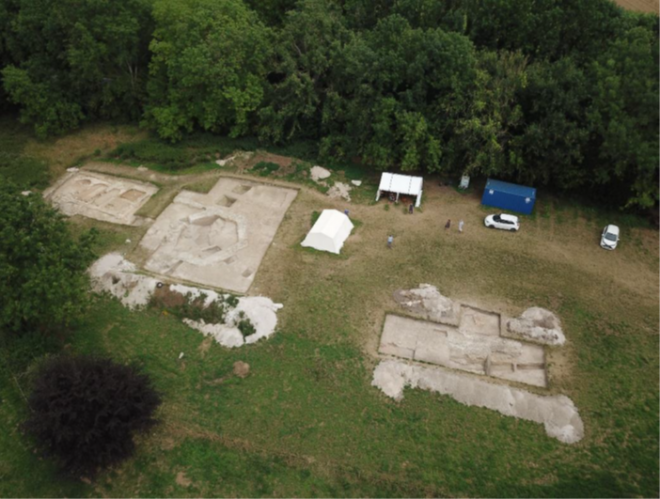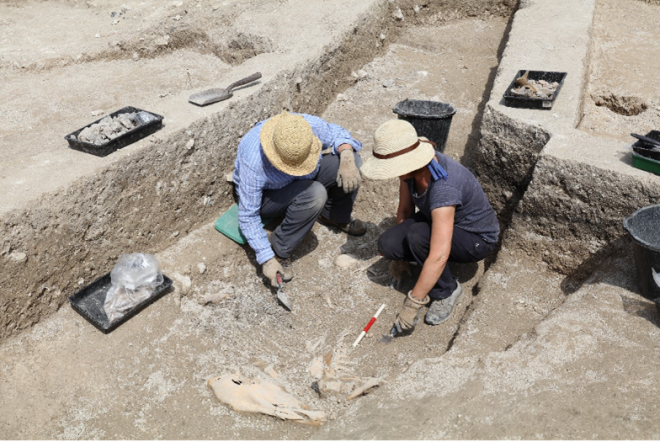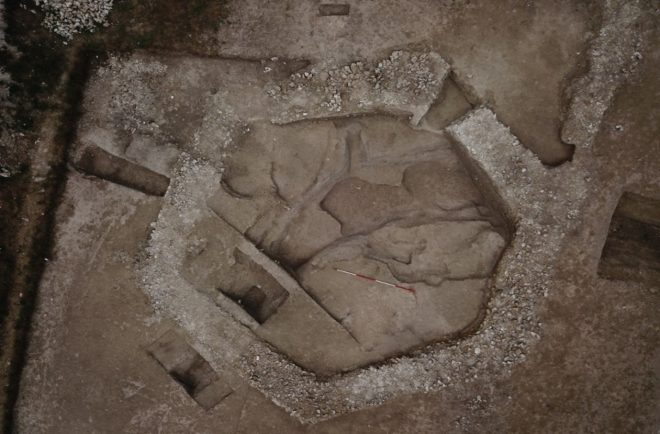Uncovering the hidden past of river valley in South Downs
April 4, 2024

Carbon dating has revealed that humans have been living in one corner of the South Downs for well over 3,000 years.
The Meon Valley Archaeology and Heritage Group has uncovered a series of incredible finds near the River Meon in Hampshire.
The group are now working with Winchester University on a complete review of the extensive historical and archaeological evidence in the valley. A recent carbon dating revealed that a Bronze Age burial was 3,391 years old. And scientific analysis of a burial at a Roman temple site has shown it to be a 1,817-year-old female adolescent.
The group’s biggest achievement, to date, is the Roman site that includes a hexagonal temple, baths and mausoleum.
John Snow, co-founder of the group, explained: “Our analysis shows the temple was used as a ritual monument. The Roman Temple was located directly above an Iron Age temple.
“This was confirmed by the discovery of skeletons of a female horse and a foal in late Iron Age levels.
“The implications of these equine discoveries are exciting, as they are associated with the goddess Epona. At this site we have amongst the strongest evidence for Epona in the whole of Roman Britain.
“Evidence of pilgrimage is confirmed by burials of animal bones and artefacts around the external points of the hexagonal temple. The Roman baths were situated only 15ft from the temple. The baths were of a traditional design and consisted of four rooms. In the cold room (apodyterium) there was evidence of painted wall-plaster, and it included at least one nude female figure with drapery and a blue/grey background. In terms of quality, it’s equal to the best late Roman painting in Britain.
“The female figure may represent a nymph or water deity. This discovery enhances the ritual association of the River Meon.”

John added: “We’re currently engaged in a long programme of processing the large number of finds from the Roman Temple site. It’s estimated this will take a year or so and we hope the results will provide an insight into why so many people visited and undertook feasting on the site. Our geophysical surveys methods are our main tool in discovering hidden archaeology in the landscape. “Volunteers enjoy working in the open air, surrounded by the historic landscape and together we have discovered important sites such as the Roman hexagonal temple site.”
To find out more about the group and their work visit www.mvahg.co.uk

